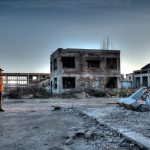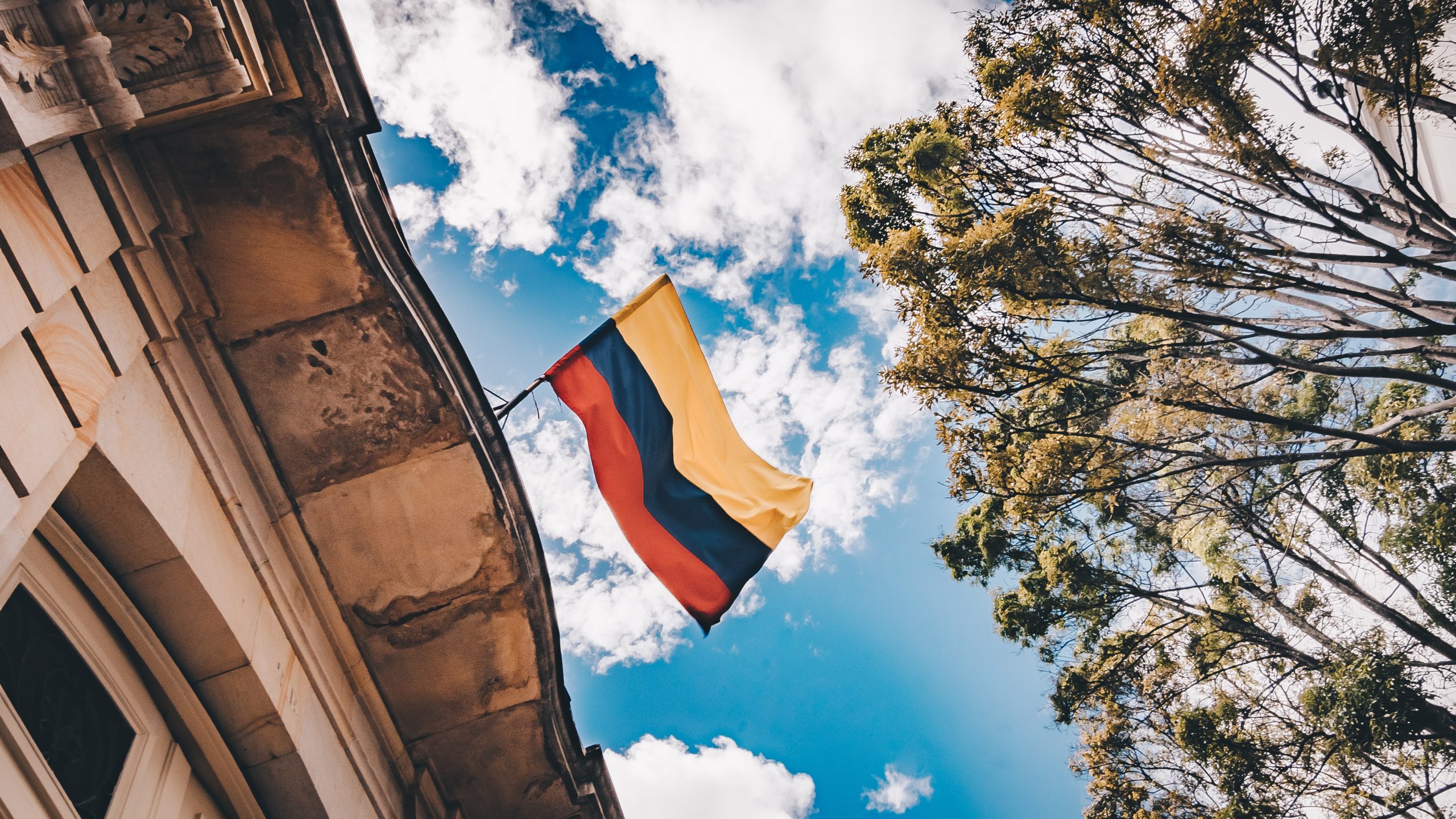The Coronavirus Lockdown: Why Social Distancing is a Crucial Aspect to Combat the Coronavirus Outbreak.
On the 12th of March, the World Health Organization (WHO) reclassified the outbreak of the COVID-19 disease as a pandemic. Since then, multiple European countries have been placed on lockdown and travel has been restricted. The pandemic’s global death toll has surpassed 6500 victims, while the global number of cases has surpassed 170,000.
The coronaviruses are a large family of viruses that can cause illness ranging from the common cold to more severe diseases such as Middle East Respiratory Syndrome (MERS-CoV) and Severe Acute Respiratory Syndrome (SARS-CoV). COVID-19 is a new strain that was discovered in 2019 and has not been previously identified in humans. Common signs of infection include respiratory symptoms, fever, cough, shortness of breath and breathing difficulties. In more severe cases, an infection can lead to pneumonia, severe acute respiratory syndrome, kidney failure, and even death.
The standard recommendations to prevent infection spread include regular hand washing and covering mouth and nose when coughing and sneezing. Yet, for COVID-19 it is necessary to take it a step further.
Social distancing will be the key phrase in the days and weeks to come. The term simply refers to avoiding close contact with other individuals to avoid catching the virus yourself and to avoid passing it on.
Currently, it is the most important factor we can control in the COVID-19 outbreak since there is no vaccine yet. Many factors contribute to the “reproductive number” of the virus, which describes roughly how many people an infected individual will go on to infect. Currently, estimates of the reproductive number range from 1.4 to 6.5, with an average of 3.3.
Many countries have encouraged social distancing by banning large gatherings, encouraging telecommuting and closing schools. People are advised to avoid crowded public transportation if possible.
Social distancing decisions may also depend on your age and susceptibility to infection. If you are over 60 years old, you should be staying home.
Younger people can be infected without knowing since their symptoms are sometimes less severe and can feel just like a common cold. For them, it is easy to spread the virus to an older person or someone who is immunocompromised. So, the fewer young persons who become infected, the lower the incidence in the older population. Epidemiologists fear the most that there is going to be a sudden surge in patients that need critical medical care. They are afraid that this will overburden the healthcare system. With social distancing, they hope that countries can “flatten the curve.” This means that they want to reduce how fast the virus moves through the population and the height of the peak.
COVID-19 is more serious than the seasonal flu in several ways. Unlike the flu there is no known treatment or vaccine. The overall case fatality rate is projected to be 1 to 2% which is 10 to 20 times higher than that of the flue. We may also be more susceptible to the virus because humans never encountered it before.
Young and healthy people have a critical role in social distancing. This is not just to protect themselves but to protect those who are most susceptible. Data from a Chinese study suggests that the severity of COVID-19 increases dramatically with older age and for those with underlying health conditions. The death rate for infected patients in their 80s was about 15%. Prevent infection by staying in your house, washing your hands and avoiding people who are sick.
Tips to protect yourself (and others):
– Clean your hands often
– Avoid close contact
– Stay home if you are sick
– Sneeze and cough into your elbow
– Clean and disinfect frequently touched surfaces.
For Further Reading:
https://www.who.int/health-topics/coronavirus
https://www.cdc.gov/coronavirus/2019-ncov/prepare/prevention.html
Featured Image:
Center for Disease Control and Prevention



